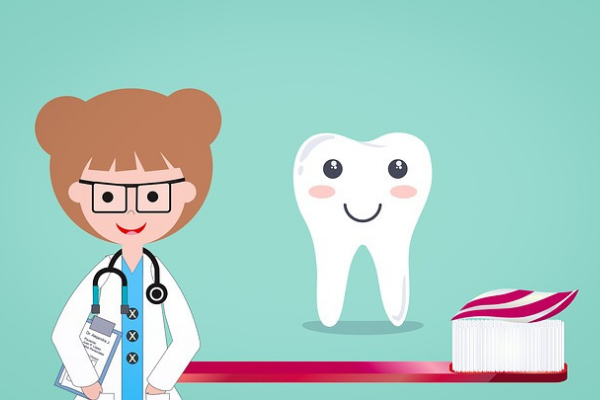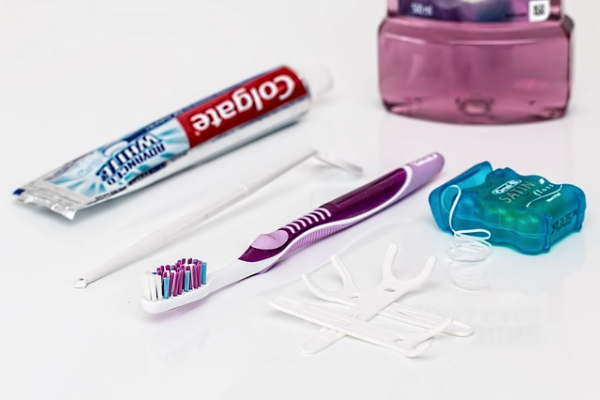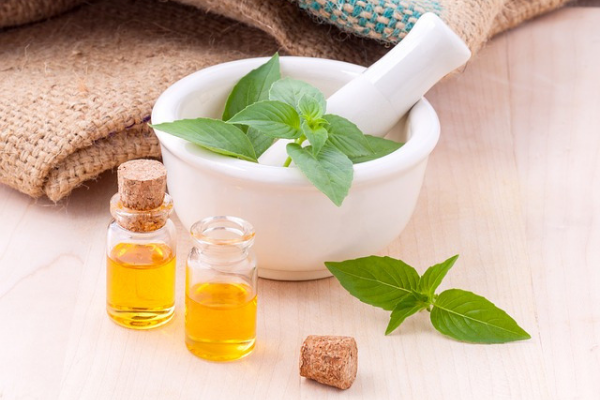WANT TO SMILE LIKE A MOVIE STAR?
LOOK NO FURTHER.
Teeth Whitening DIY is here to help you find all the information and products you need for that perfect white smile you’ve always been after.
DIY teeth whitening ~ a popular option.
About a decade ago, people knew only one way of getting their teeth whitened… through dental in-office whitening. It was an exhausting procedure, but even so, people started showing a growing amount of interest towards teeth whitening, as having a whiter set of teeth will never go out of style. The growth of the teeth whitening industry made way for a number of different bleaching formulas and teeth whitening kits, which began to flood the market.
Nowadays, dental in-office teeth whitening procedures aren’t the only option. Numerous home teeth whitening kits are now dominating the market, as they are more user friendly and simple, and can be carried out in the comfort of your own home. There are a variety of different options when it comes to whitening your teeth yourself. All these home teeth whitening methods, when done regularly, can give an excellent result.
Methods of teeth whitening.
anWhitening strips: The majority of teeth whitening strips are made out of polyethylene, which is a thin, elastic plastic. The plastic is coated in peroxide and applied to teeth according to the directions listed on the packaging. Teeth whitening strips are an extremely popular option when it comes to home teeth whitening, as they are fairly inexpensive, easy to use, and very effective. The amount of peroxide they contain will determine how long it will take for them to achieve desired results.
Whitening trays: Teeth whitening trays are made up of a flexible material that molds to the shape of your teeth, allowing whitening to occur on the surface and in between teeth.
Whitening gels: Tooth whitening gels are peroxide-based gels which are applied directly to the surface of your teeth. After using this method consnstently for a couple of weeks, teeth should be a noticable few shades lighter.
Teeth whitening rinses: Whitening rinses are a newer form of teeth whitening. Like mouthwashes, they help freshen breath and remove dental plaque. Their difference lies in the fact that they contain ingredients such as hydrogen peroxide, which assist teeth whitening. Dentists recommend using teeth whitening rinse for 60 seconds twice a day, just before brushing your teeth. While teeth whitening rinses do work, the results are usually only visible after around 12 weeks. This is because the rinse is in contact with your teeth for such a short time each day, compared to products such as whitening strips.
Whitening pens: Teeth whitening pens are thin tubes that carry whitening gel in them. They are a convenient size for travelling or slipping into your purse or pocket on your way out. They are mostly used for touching up your smile when you’re in need of something quick and easy. Because of this, results can be seen immediately, however, they don’t last long.
Water flossers: A water flosser can be thought of as an “oral irrigator.” They shoot water at your gums and in between your teeth in order to remove any food particles or things that could lead to tooth decay.
Teeth whitening toothpastes: Whitening toothpastes aren’t designed to actually “bleach” your teeth. However, they do contain ingredients which remove surface stains. Some toothpastes for teeth whitening also contain additional polishing agents and chemicals that are effective against stains.
Homemade teeth whitening recipes: If you don’t feel like spending money on any of the above tooth whitening methods, there’s so many other great options and recipes that you can easily make yourself, using common household ingredients such as lemons, strawberries, coconut oil, and so much more. For a wide variety of at-home teeth whitening DIY recipes that actually work, click here.
Other items to assist the process of gaining whiter teeth: This includes products such as mouthwashes, dental floss and whitening chewing gum. There is very little research to prove the effectiveness of these products as whitening methods, although they are still an excellent way to assist in the prevention of cavities and decay.

Teeth whitening FAQ.
A. . Q: What is teeth whitening?
A: Teeth whitening, also called bleaching, is a process of lightening and removing stains from a tooth. This process bleaches the enamel and dentin, the principal mass of a tooth, and brightens the discolored teeth.
Q: What are the different methods of teeth whitening?
A: Some of the teeth whitening options are over-the-counter whitening systems; dentist dispensed at-home products, laser tooth whitening method; Loaded Tray Teeth Whitening method and in-office whitening methods.
Q: Are the whitening effects permanent?
A: Whitening effects are never permanent.
Q: How do the teeth whitening kits work?
A: The peroxide chemical is the main ingredient of every whitening product that bleaches the tooth enamel. About 10% carbamide peroxide are present in dentist dispensed products whereas 15 to 35 percent hydrogen peroxide is present in professionally applied tooth whitening products. When these products are used with laser, it speeds up the whitening process.
Q: Who are not recommended to undergo teeth whitening?
A: Tooth whitening is not recommended for children below 16 and for lactating and pregnant women. Further, individuals with gum disease, worn enamel, cavities, and exposed roots should not undergo any tooth whitening procedure.
Q: How long do home teeth whitening methods take?
A: In-office procedures require two or more visits to the dentist and each visit lasts for thirty minutes to one hour. Whereas the at-home products purchased from a dentist or medical store and over-the-counter products take several hours to four weeks to show the result.
Q: What are the side effects of tooth whitening?
A: Some feel temporary discomfort, such as gum or tooth sensitivity. But these symptoms disappear within 1 to 3 days after the treatment is completed.
Q: How much does the different methods of tooth whitening cost?
A: The charges vary with location, types of treatment and product used. But Laser or power whitening treatment is always expensive than professional bleaching and home based bleaching.
Q: How to look after the teeth once they have been whitened?
A: One should eliminate those foods and drinks that stains the teeth and at the same time should stop smoking. He should brush his teeth twice a day with fluoride toothpaste and visit the dentist at least once a year.
Q: What causes tooth discoloration?
A: There are a number of things that have the potential to cause tooth discoloration. This includes food and drinks such as coffee or candy, tobacco usage or poor dental hygiene. There are other factors such as genetics, disease, environment and medications that can also contribute to tooth discoloration.
Q: How can I prevent tooth discoloration?
A: By making a few simple lifestyle changes and developing good dental hygiene habits, tooth discolouration can be avoided. For example, if you’re a coffee drinker or a smoker, consider making an effort to cut back. It’s also so important to brush and floss your teeth on a daily basis, as well as getting a dental checkup around twice a year. Simple changes like this will have a massive difference in your dental health in the long run.



